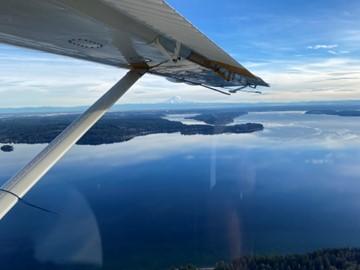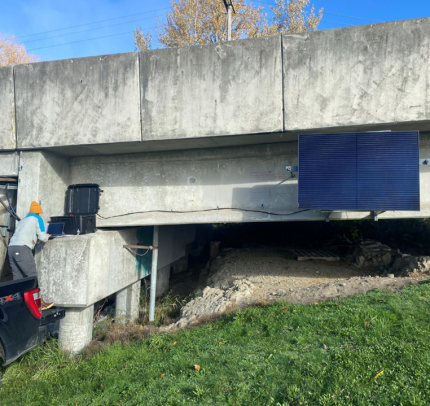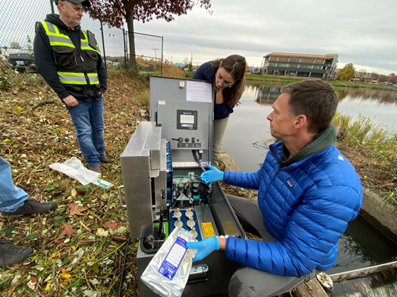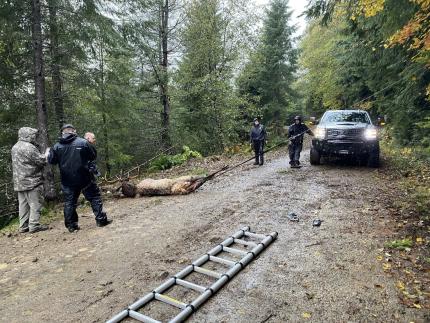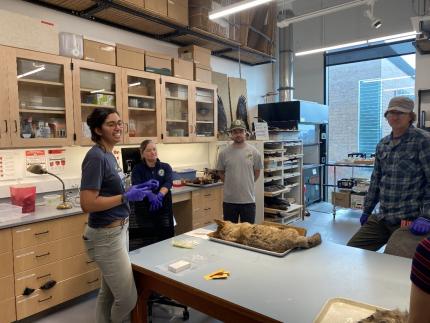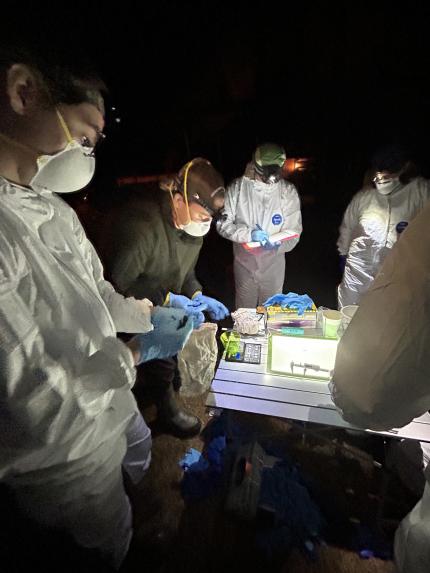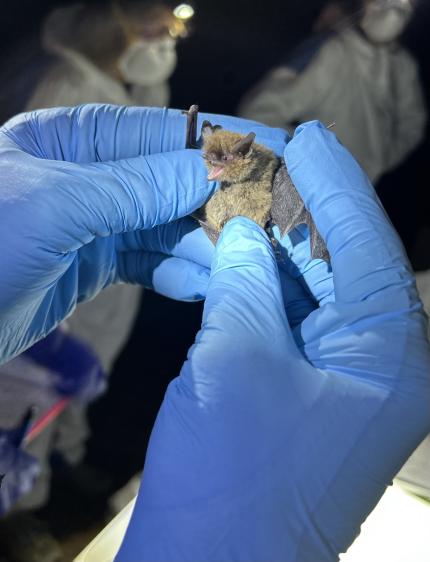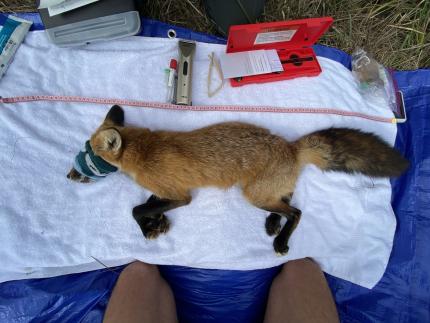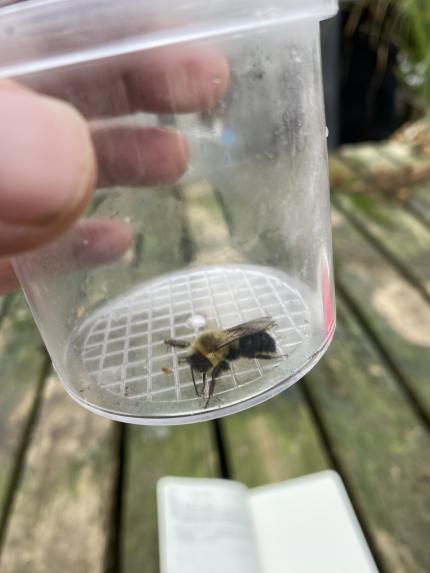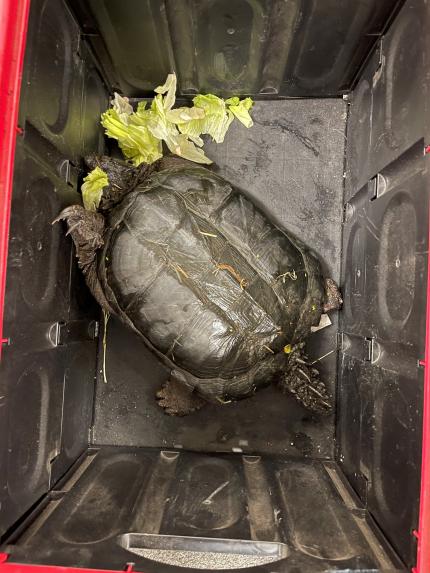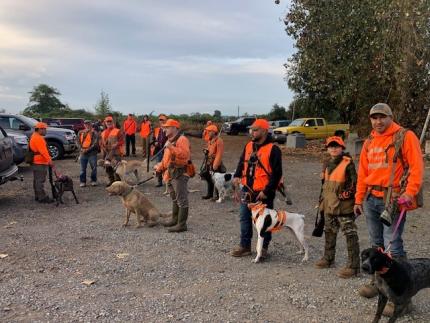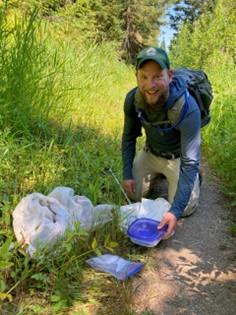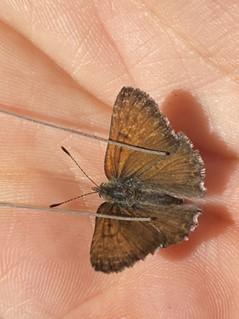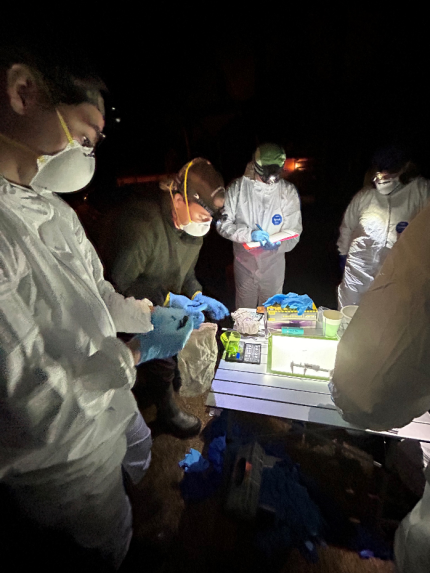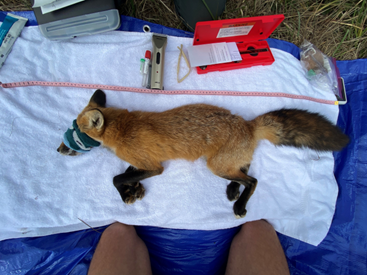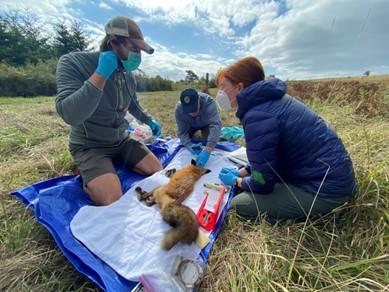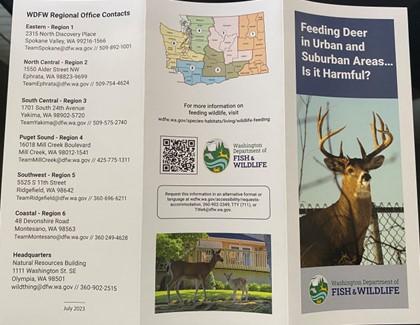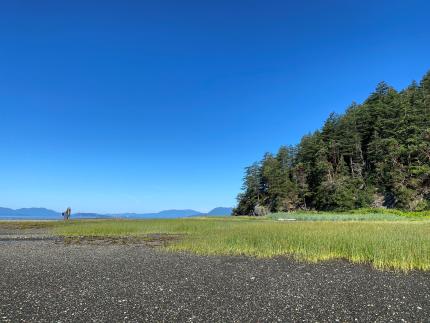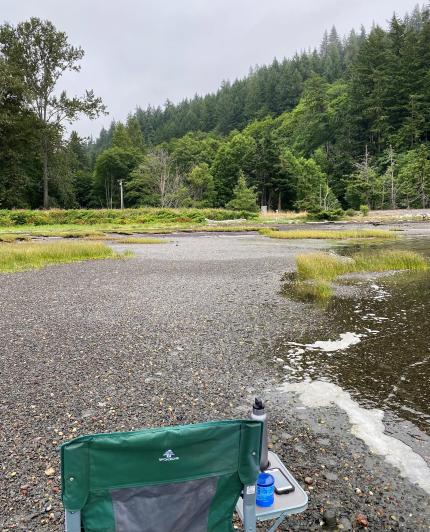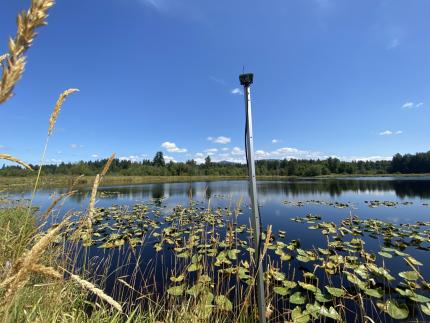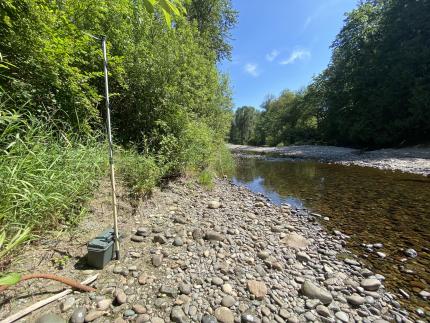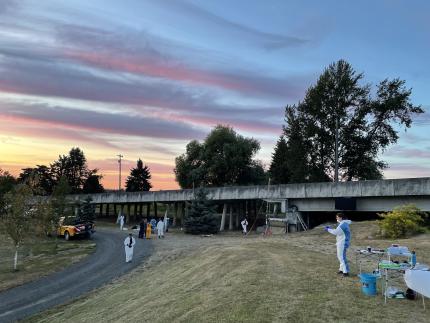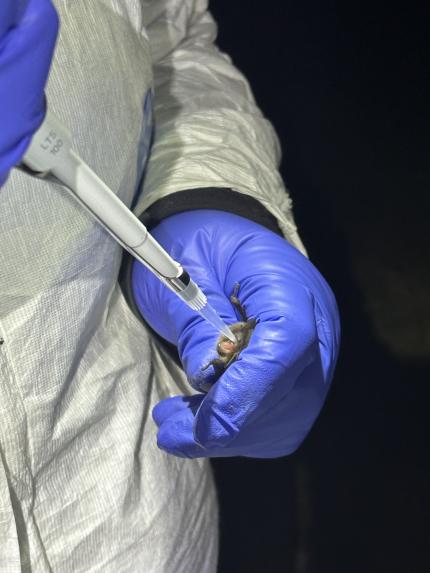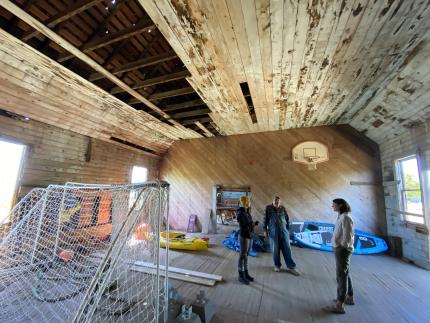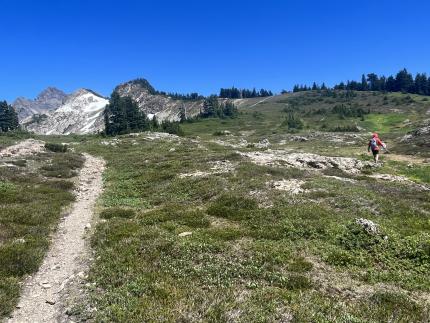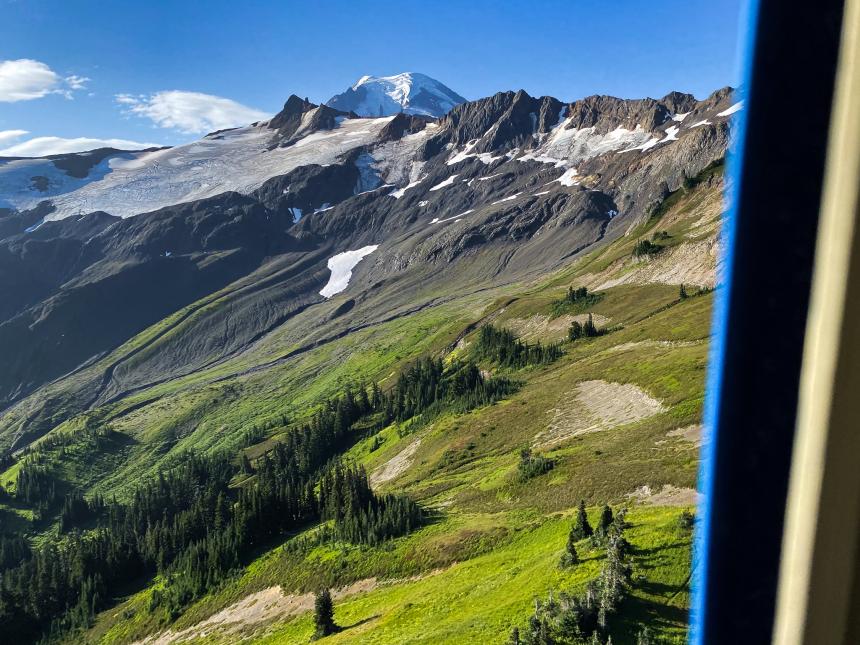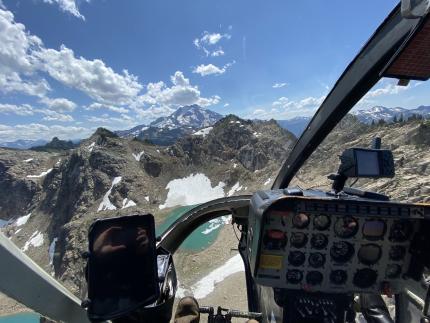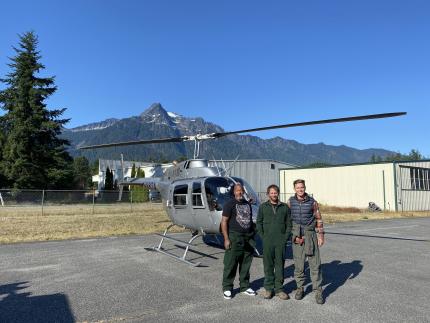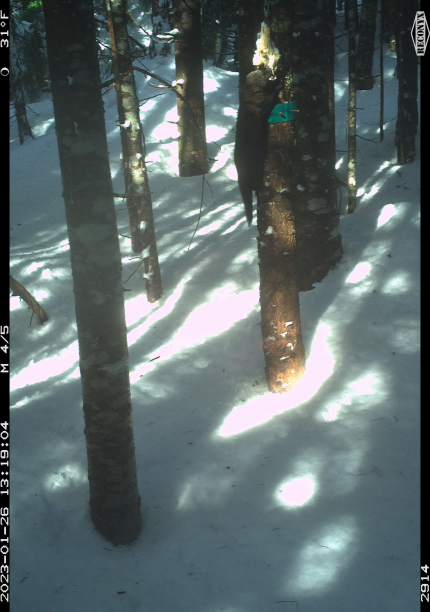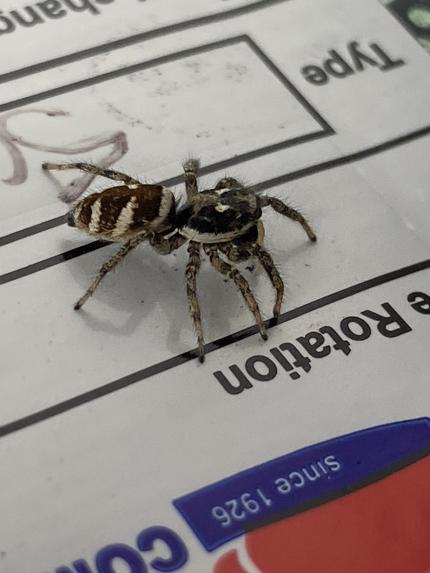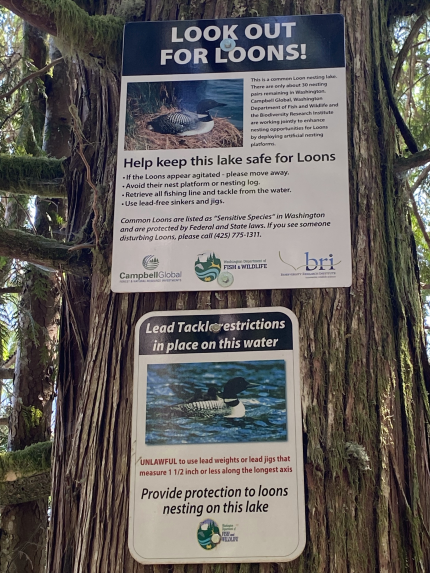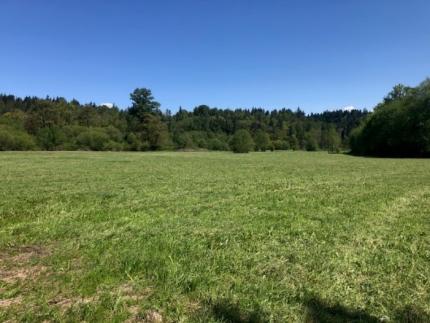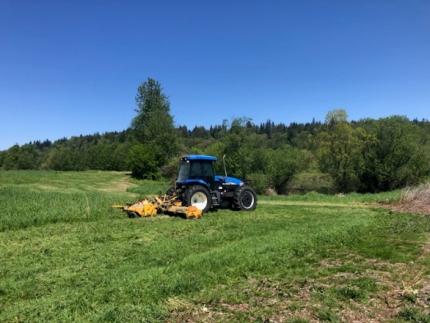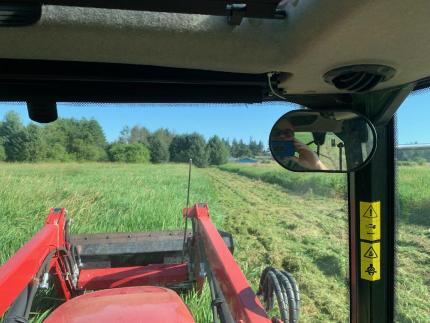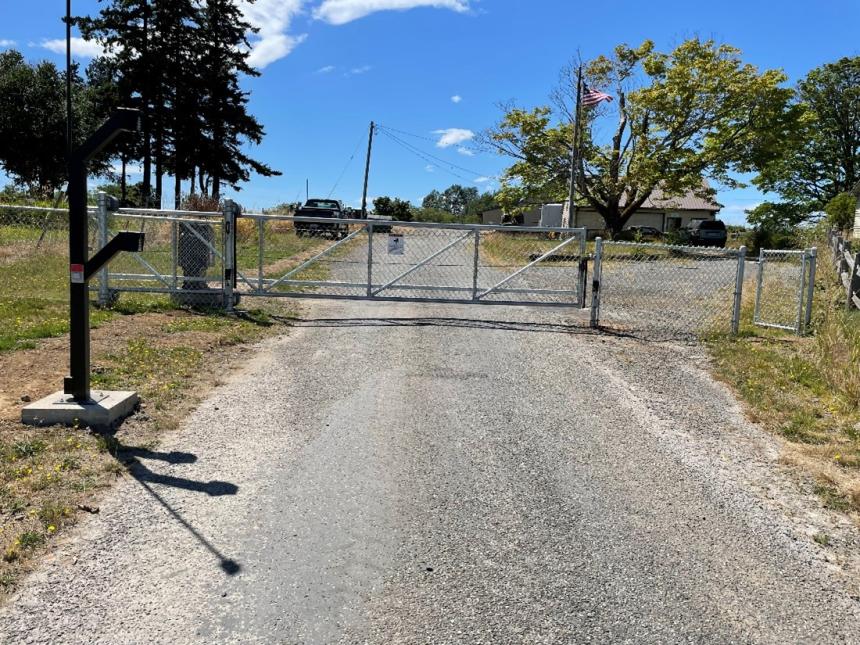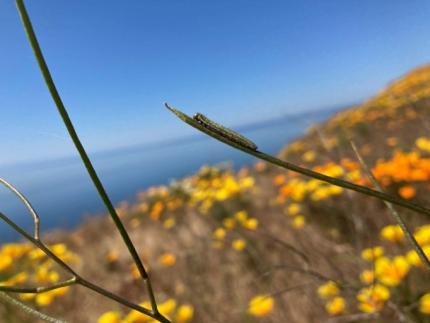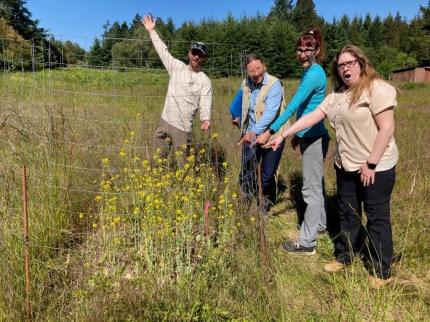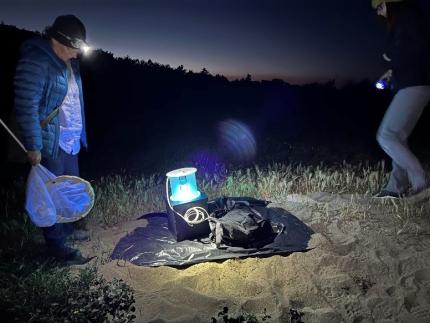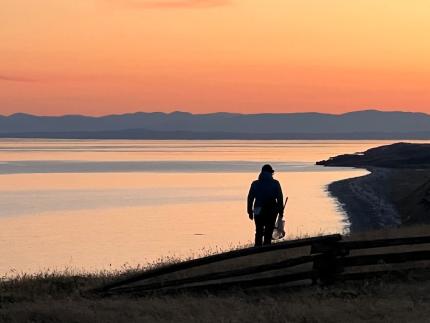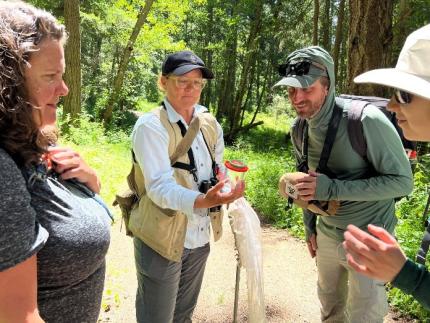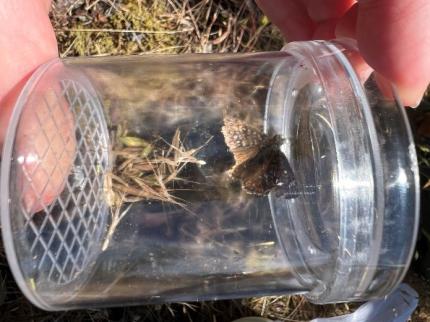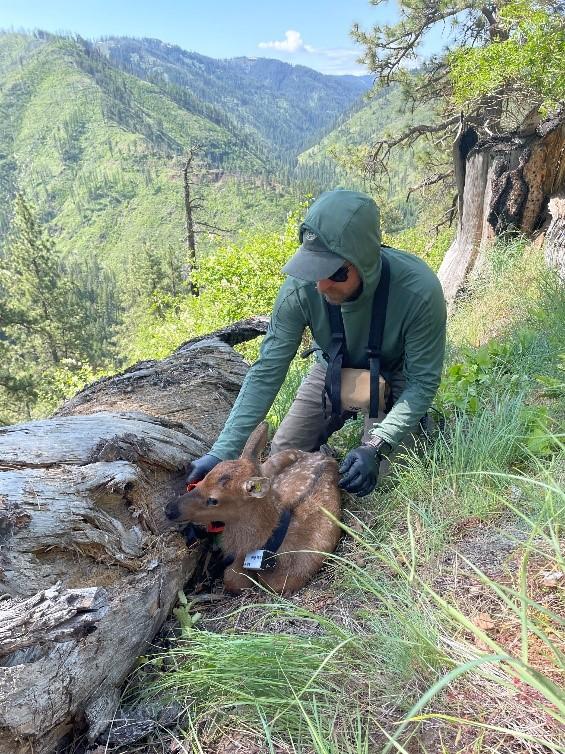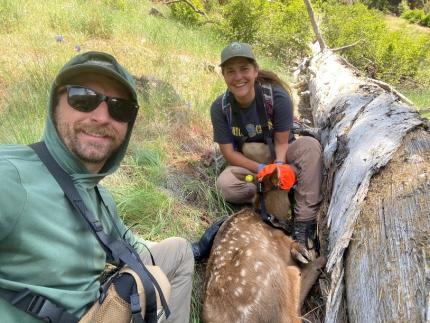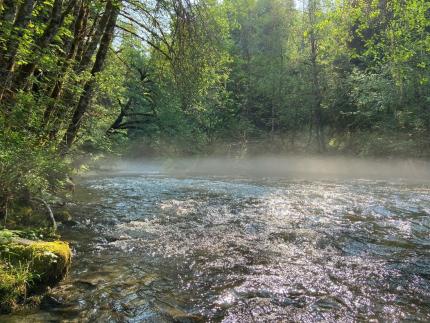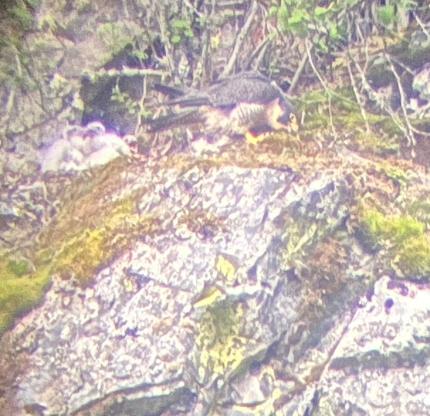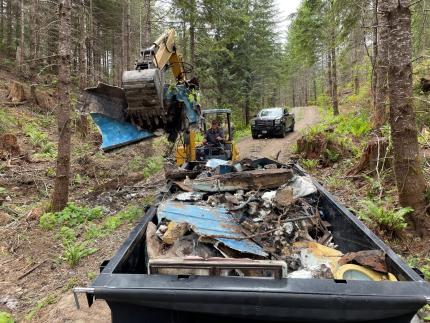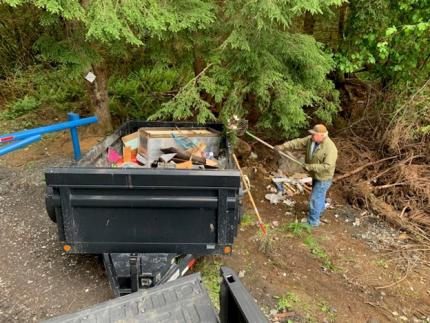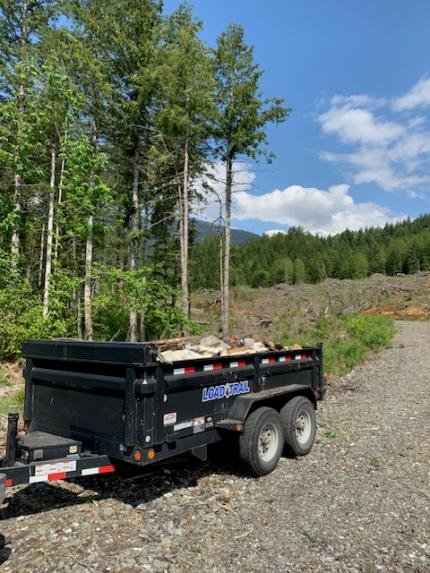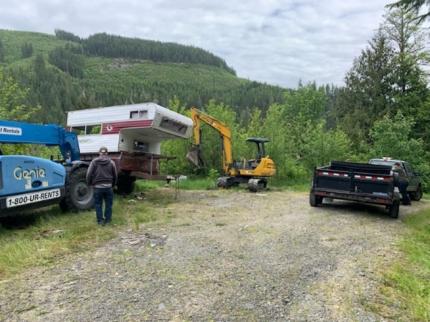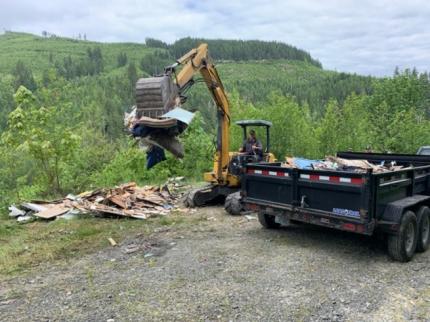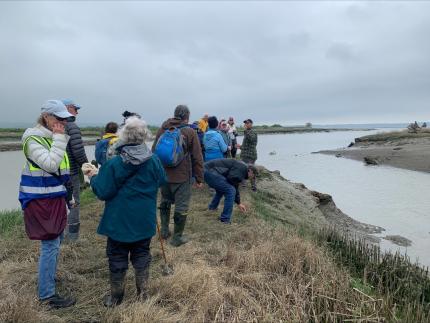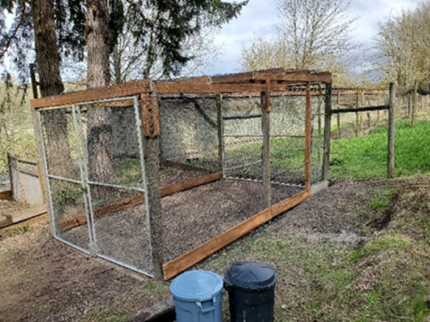Biweekly report Jan16-31 2024 - Region 4 (North Puget Sound)
Managing Wildlife Populations
Midwinter Aerial Seabird Surveys: Regional and Waterfowl Section biologists took to the skies to continue the long-term monitoring effort to document the abundance, trends and distribution of marine birds and mammals in the Puget Sound and Strait of Juan de Fuca. The team completed all surveys by the end of January, which is no small feat considering the amount and length of survey transects (blue and red lines in map below). Check out the survey data!
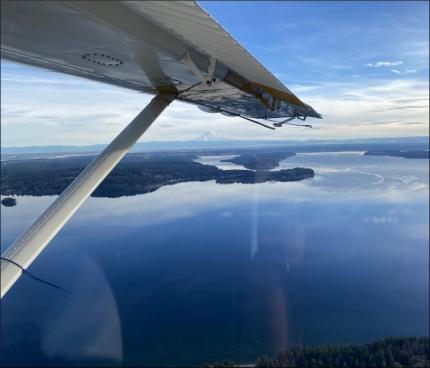
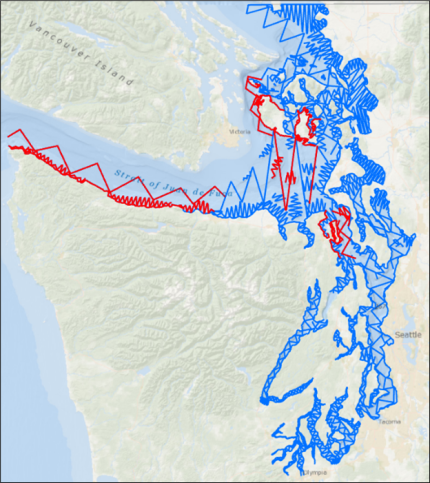
Port of Seattle Terminal 91: Biologist Anderson met with Port of Seattle and King County environmental staff members regarding the need to remove a creosote piling in the Terminal 91 area. They discussed the effects to the purple martin colony at the site. This project is part of a larger revisioning and redevelopment of that area.
The Port is examining alternative, steel piling sites in Elliott Bay, Duwamish Waterway, and on site at Lake Jacobs, between and just north of Terminal 91 and Terminal 90. These alternative sites seem, initially, to be good alternatives. If they are used, they would provide for similar alternate purple martin nest site opportunities for the greater Elliott Bay population of this state species of greatest conservation need. The local martin population along the Seattle waterfront has the largest concentration of martins in King County.
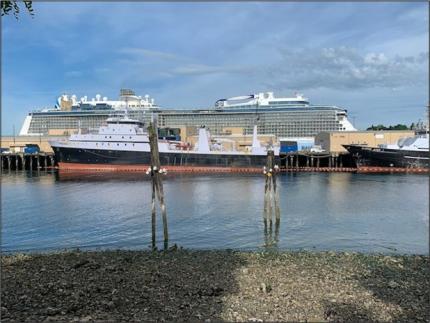
West/East of Cascade Crest Bobcat Study: Biologist Smith assisted Scientist Kertson with ongoing bobcat trapping in District 12.
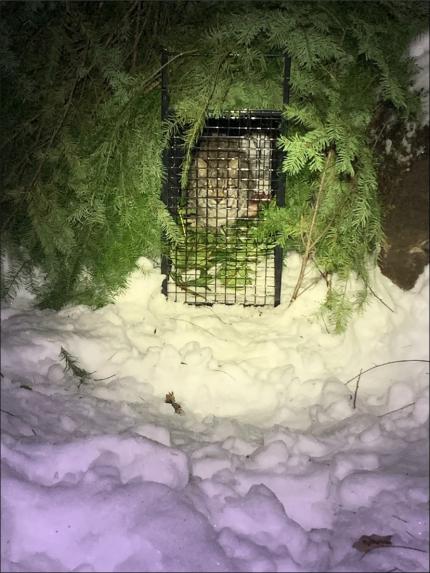
Trumpeter Swan Project: Biologist Smith assisted in captures of swans related to a new forage and spatial use study.
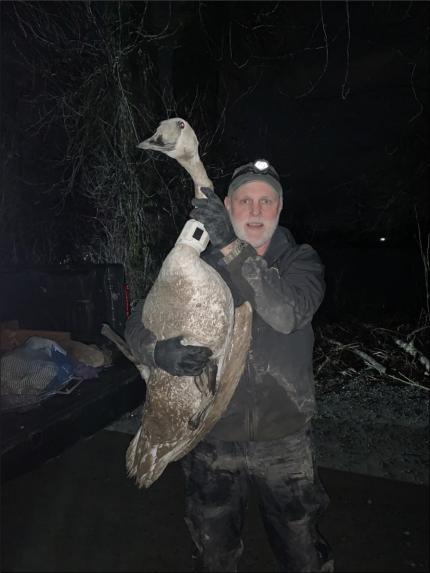
Conducting Business Operations and Policy
Northern Spotted Owl, South Fork Tolt Federal Energy Regulatory Commission Relicensing, Bat Box, Secretive Wetland Birds: Biologist Anderson participated in ongoing meetings regarding internal and external working groups, which all kicked-off in the new year. Looking forward to contributing and helping with working group needs and decisions.
